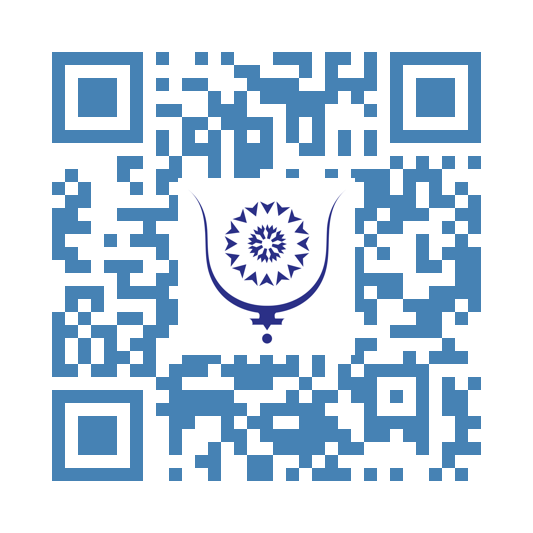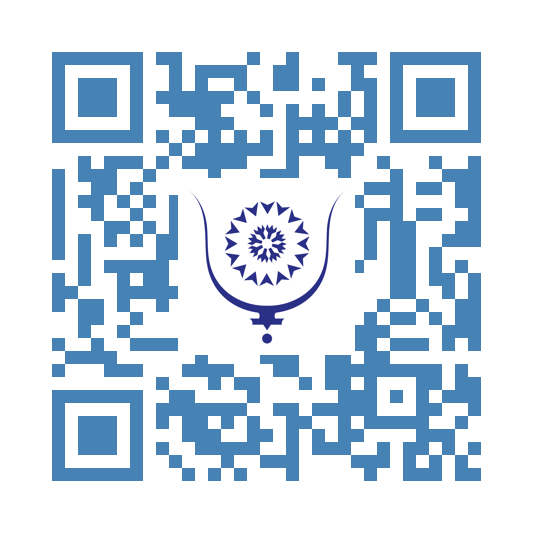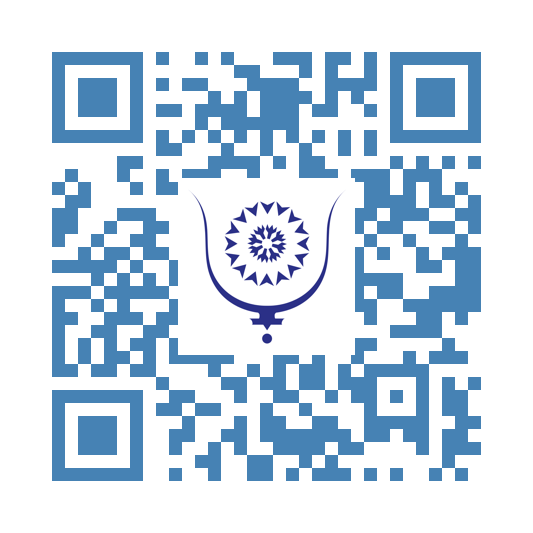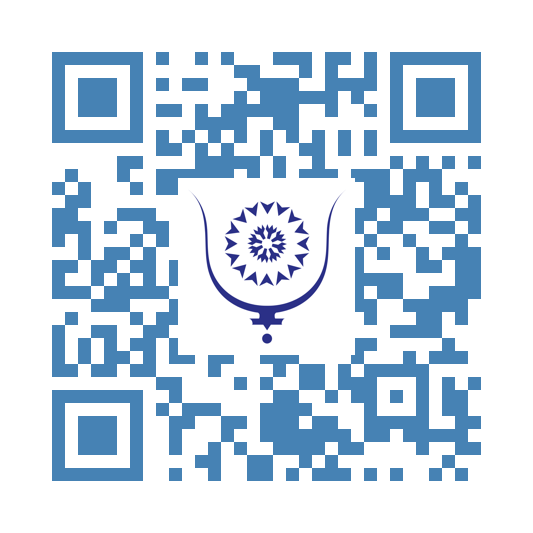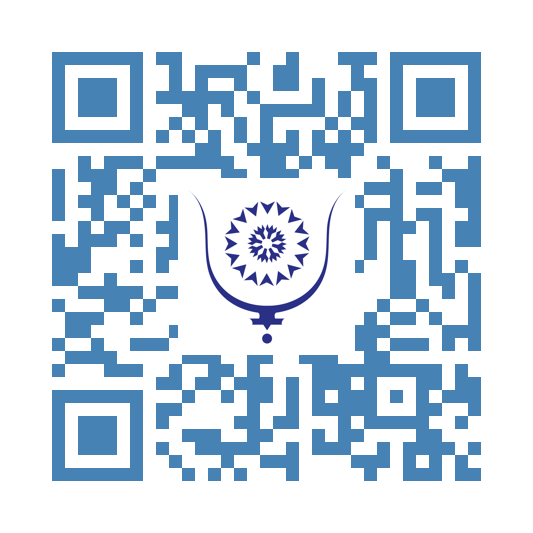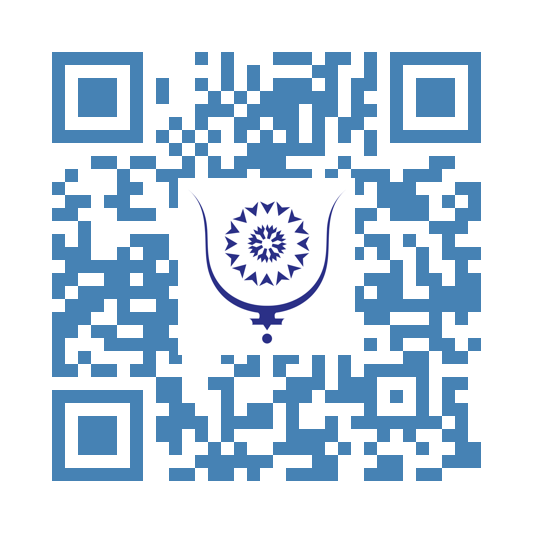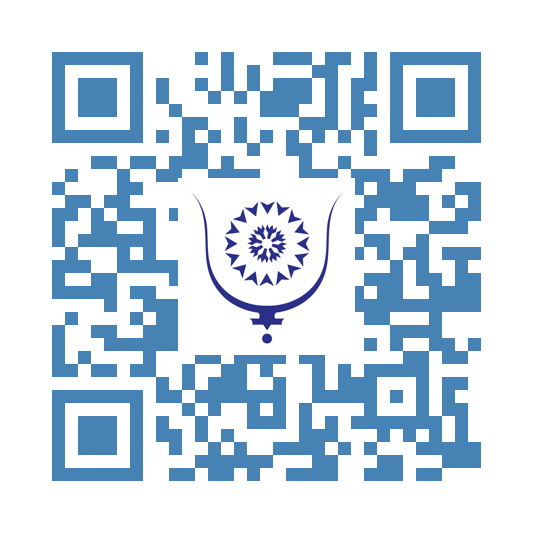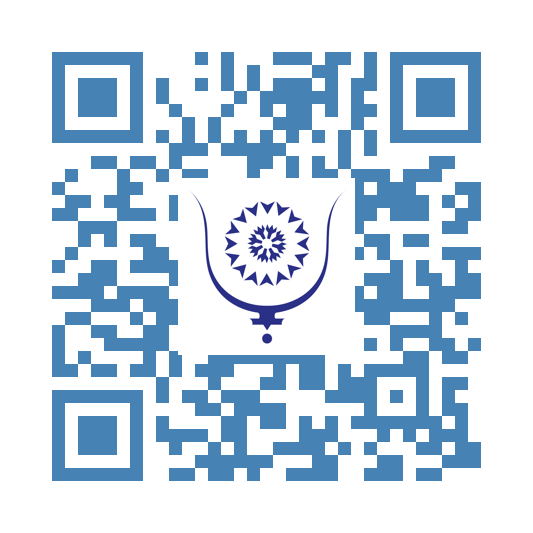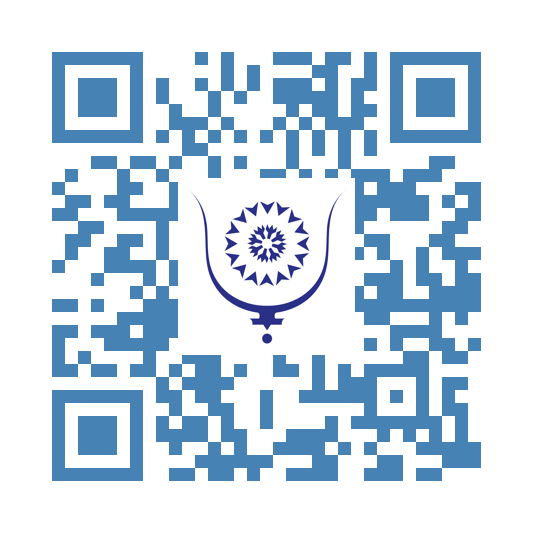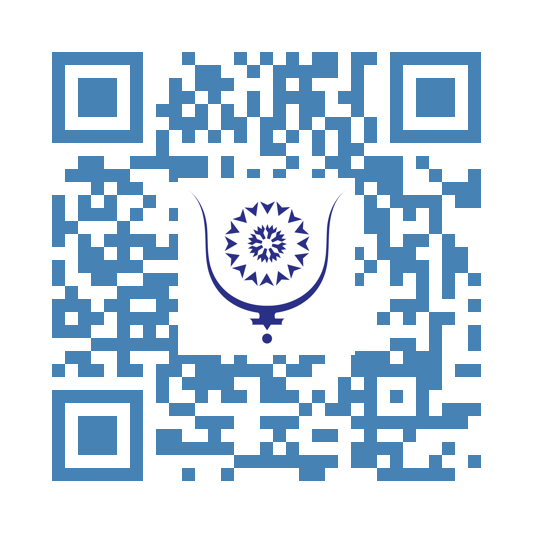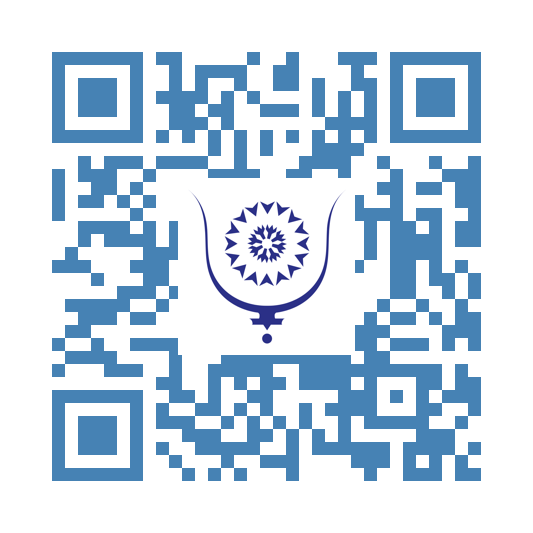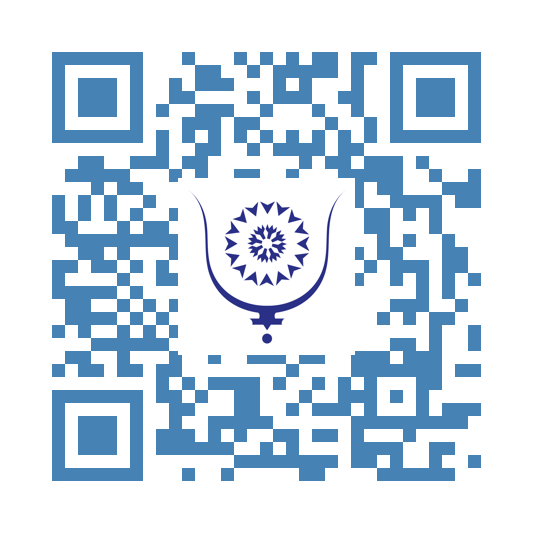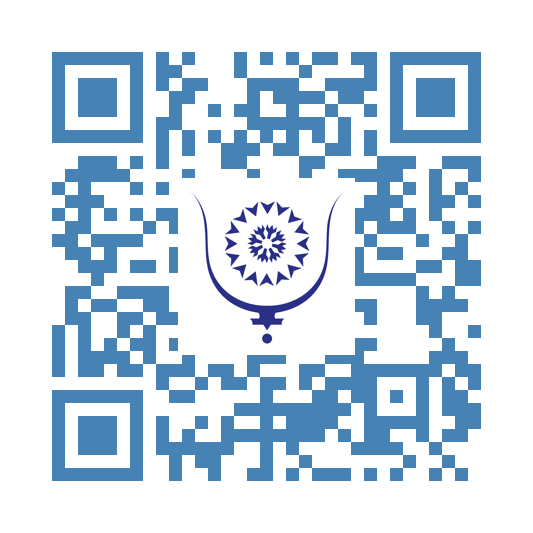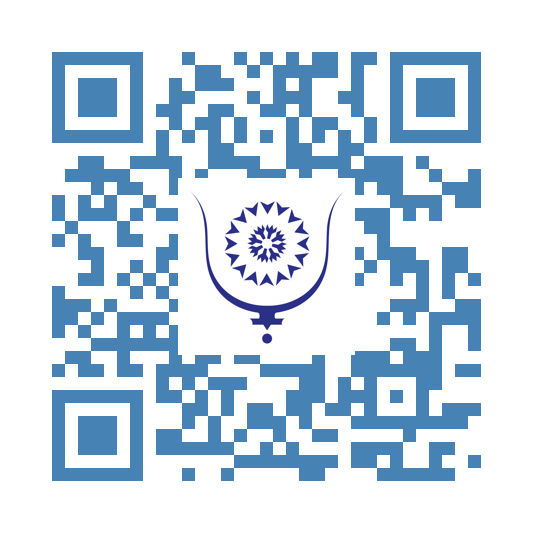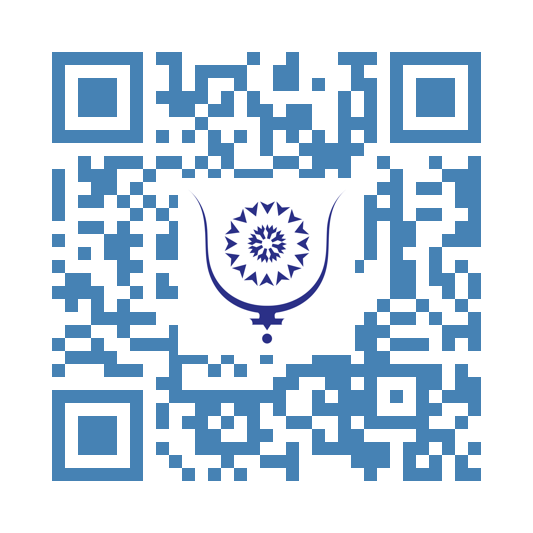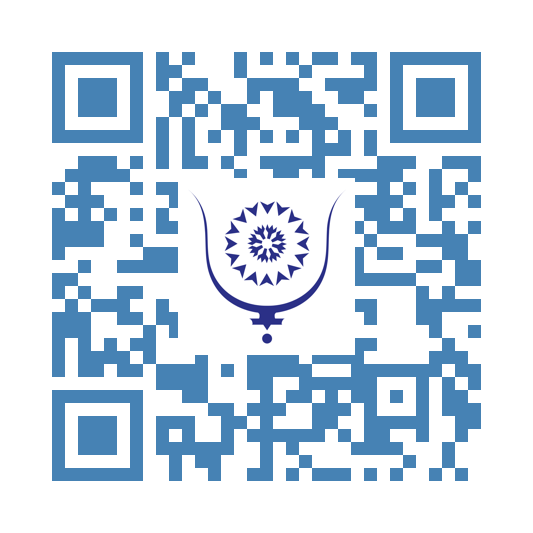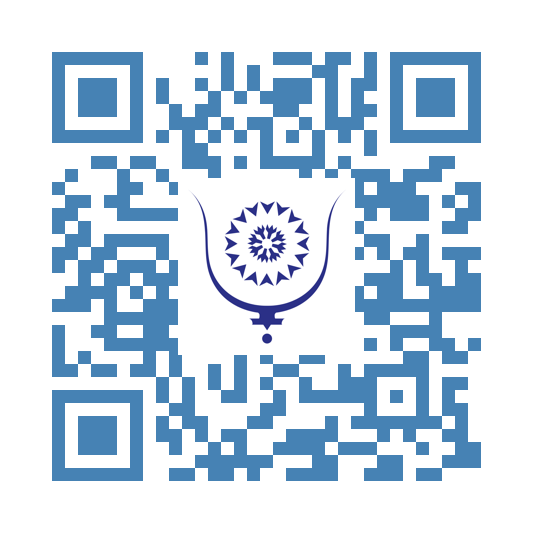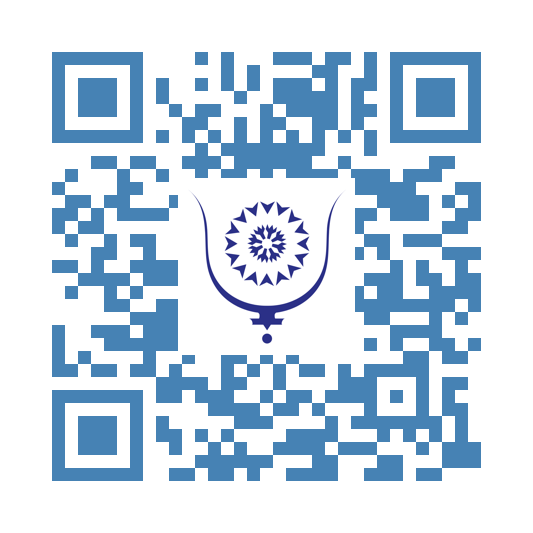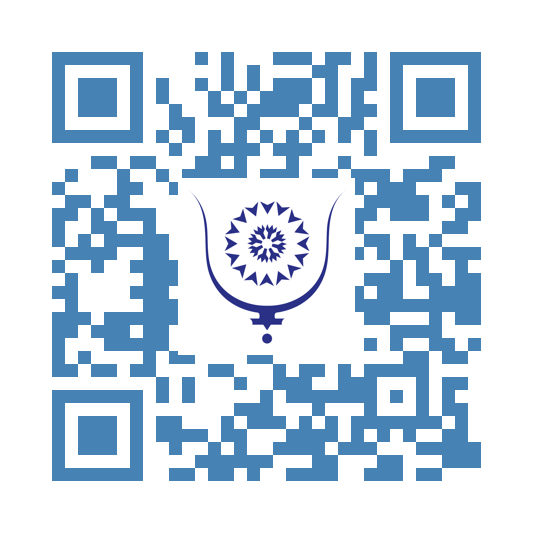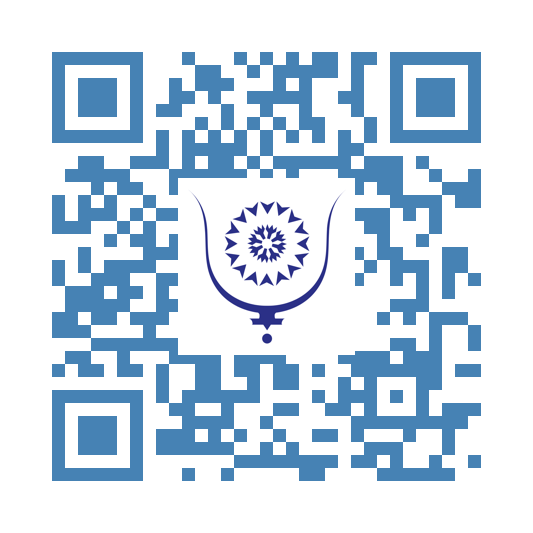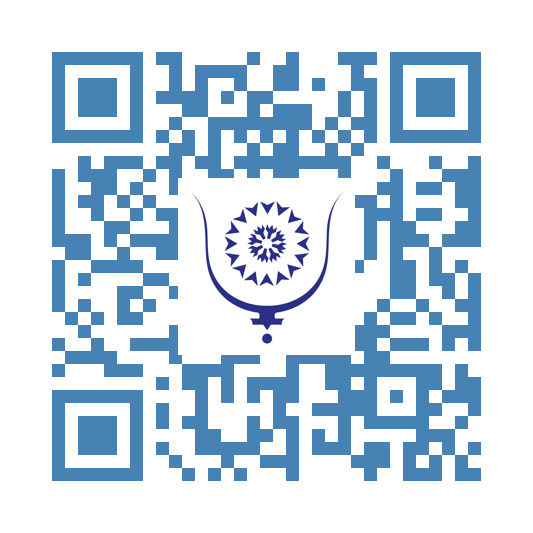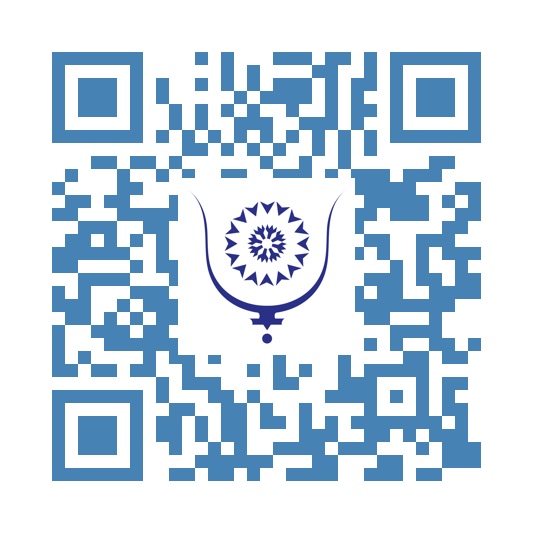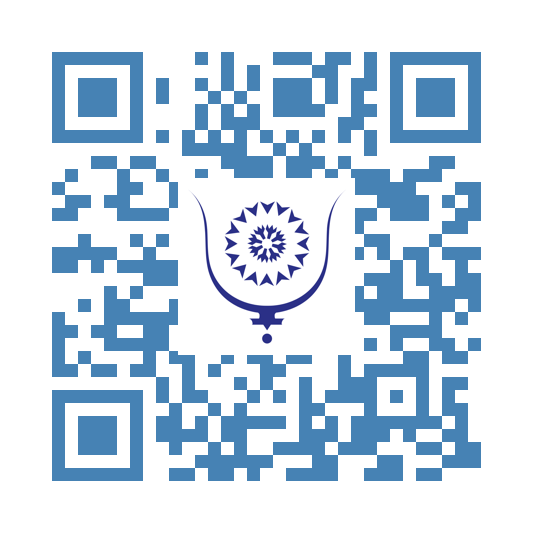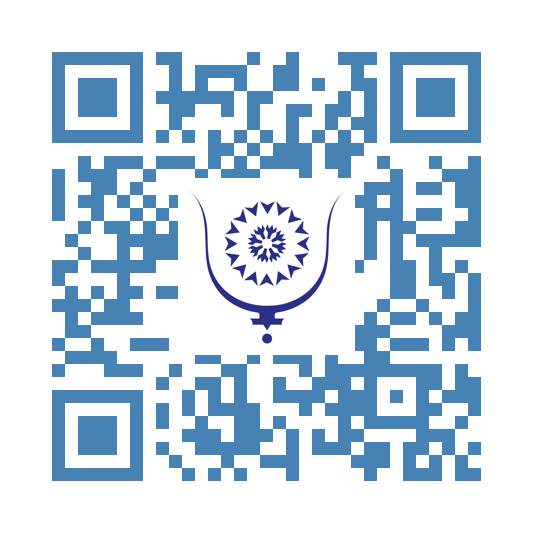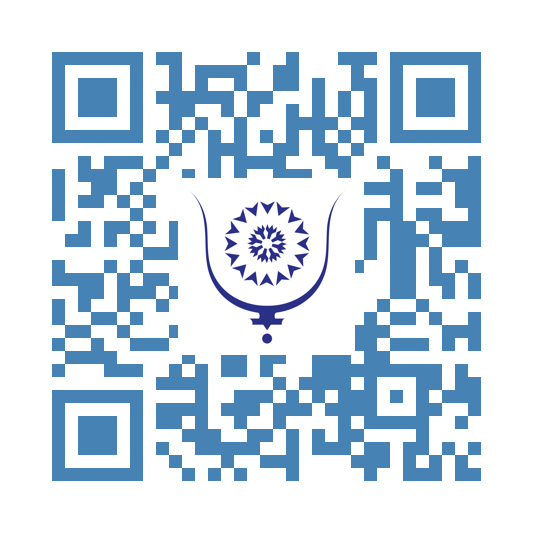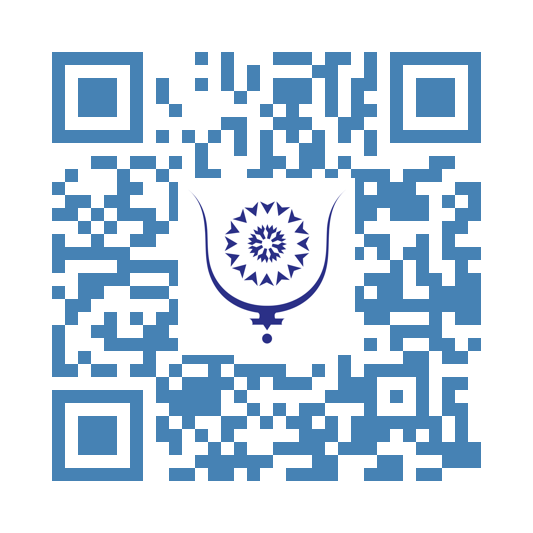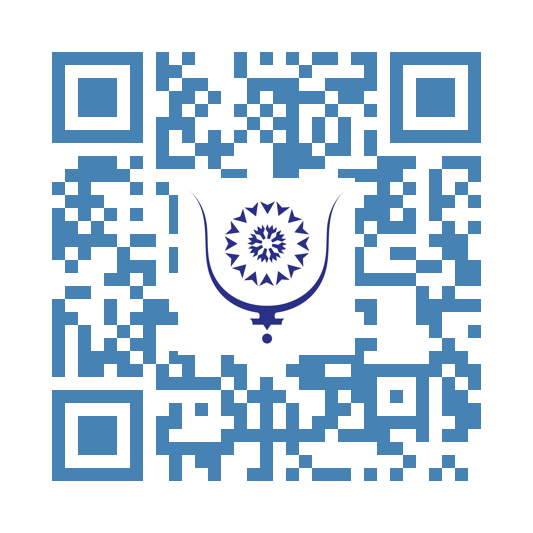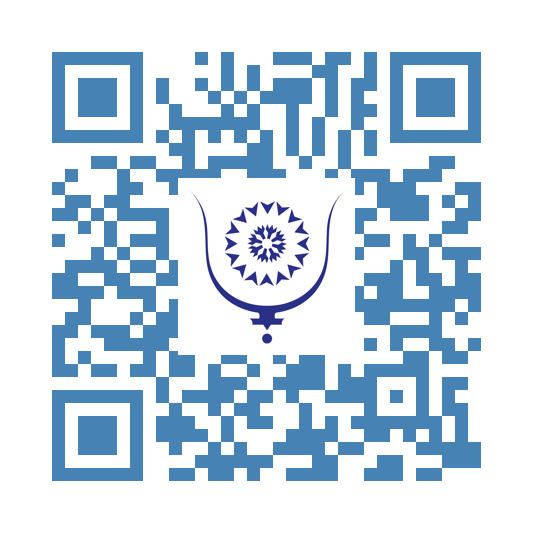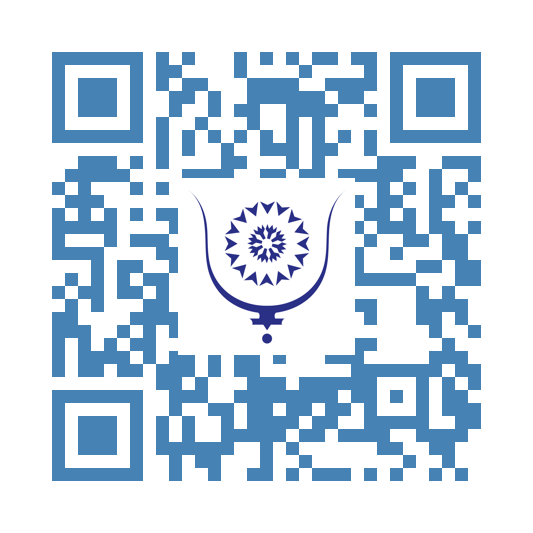I Saw Aicha Kandisha, And I Am Cursed To Never Forget 6202
Deep in the heart of Moroccan lore, where ancient spirits linger like echoes in the Sahara’s wind, lies a tale that turns the blood of its listeners to ice. This isn’t just a story; it’s a personal confession, a chilling recount of my encounter with the feared Aicha Kandisha on the night of July 15, 2009.
It was the height of summer in 2009 when my interest in the myths of Morocco led me to a quaint village cradled by the Atlas Mountains. Among the local spirits, Aicha Kandisha is perhaps the most captivating and terrifying. Depicted with the legs of a goat and a bewitching beauty that belies her true nature, she is both feared and revered as a water jinn who brings a curse upon any man who lays eyes upon her. Driven by a blend of skepticism and intrigue, I dismissed the stern warnings of the villagers and made my way to a stream rumored to be haunted on the outskirts of the village. As the sun dipped below the horizon and the clock neared 8:43 PM, I found myself standing by the gently flowing waters enveloped in the heavy, sweet scent of wild jasmine — a smell that was soon accompanied by an unsettling sense of foreboding.
At precisely 9:17 PM, a sudden, icy wind cut through the valley, rustling the leaves and carrying with it the faint murmur of ancient voices. The air grew colder, and I felt an eerie sensation of being watched. When I turned, my heart seized at the sight before me. There, by the water’s edge, stood a figure of both mesmerizing and horrific aspect. Her beauty was otherworldly, with eyes that smoldered like dark embers and skin that glowed softly under the moonlight. Yet, it was her legs that truly horrified — cloven and covered in coarse black fur, they stamped lightly on the soft earth as she moved towards me with an unsettling grace.
Rooted to the spot, I watched as she approached. She spoke in a voice that was both melodious and laden with a deep, enduring sorrow, “Why do you seek me, son of distant lands?” Her gaze pierced deep into my soul, paralyzing me further. I was unable to speak, completely caught in her hypnotic presence. She circled around me, her intense fragrance of jasmine growing stronger and more heady, almost overpowering in its intensity. “Many have sought me out, driven by curiosity or what they perceive as bravery. Few have managed to leave without bearing some form of scar,” she whispered, her voice chilling as her breath brushed against my ear.
The wind grew into a roar by 9:36 PM, now carrying with it the screams of those long tormented and lost. The waters of the stream began to thrash and churn as if something ancient and monstrous stirred beneath its surface. Fear gripped me entirely, and in a desperate attempt to communicate, I found my voice, “I meant no disrespect, I merely wished to learn more,” I stammered, my voice barely a whisper, pleading for some semblance of mercy.
Her laughter rang out then, a sound that seemed to mock my very existence, resonant and echoing through the valley, “Then learn you shall,” she declared ominously, “But remember, all knowledge comes at a price.”
She vanished into the night at 9:45 PM, leaving me alone by the now tumultuous stream, her lingering presence like a cold shadow in the air. I made my way back to the village, a changed man. The villagers saw the terror etched upon my face and the unnatural pallor of my skin. They knew without words that Aicha Kandisha had marked me, a silent testament that certain mysteries should indeed remain untouched.
To this day, I am haunted by nightmares filled with the scent of jasmine and the pale light of the moon. Her mocking laughter echoes in my ears, a cruel reminder of my encounter. Each night as the air grows thick with the fragrance of jasmine and the shadows lengthen under the moonlight, I feel her icy gaze upon me from the darkness, watching and perhaps amused by my lingering terror, ready to remind me once more of the dreadful cost of my forbidden curiosity. The encounter has left an indelible mark on my psyche, a deep-seated fear that perhaps some secrets are indeed too perilous to explore, and that some spirits, like Aicha Kandisha, are better left in the realm of the unknown.
You are leaving Bluwr.
We cannot guarantee what's on the other side of this link:
https://medium.com/entropies/i-saw-aicha-kandisha-and-i-am-cursed-to-never-forget-34da199284db




